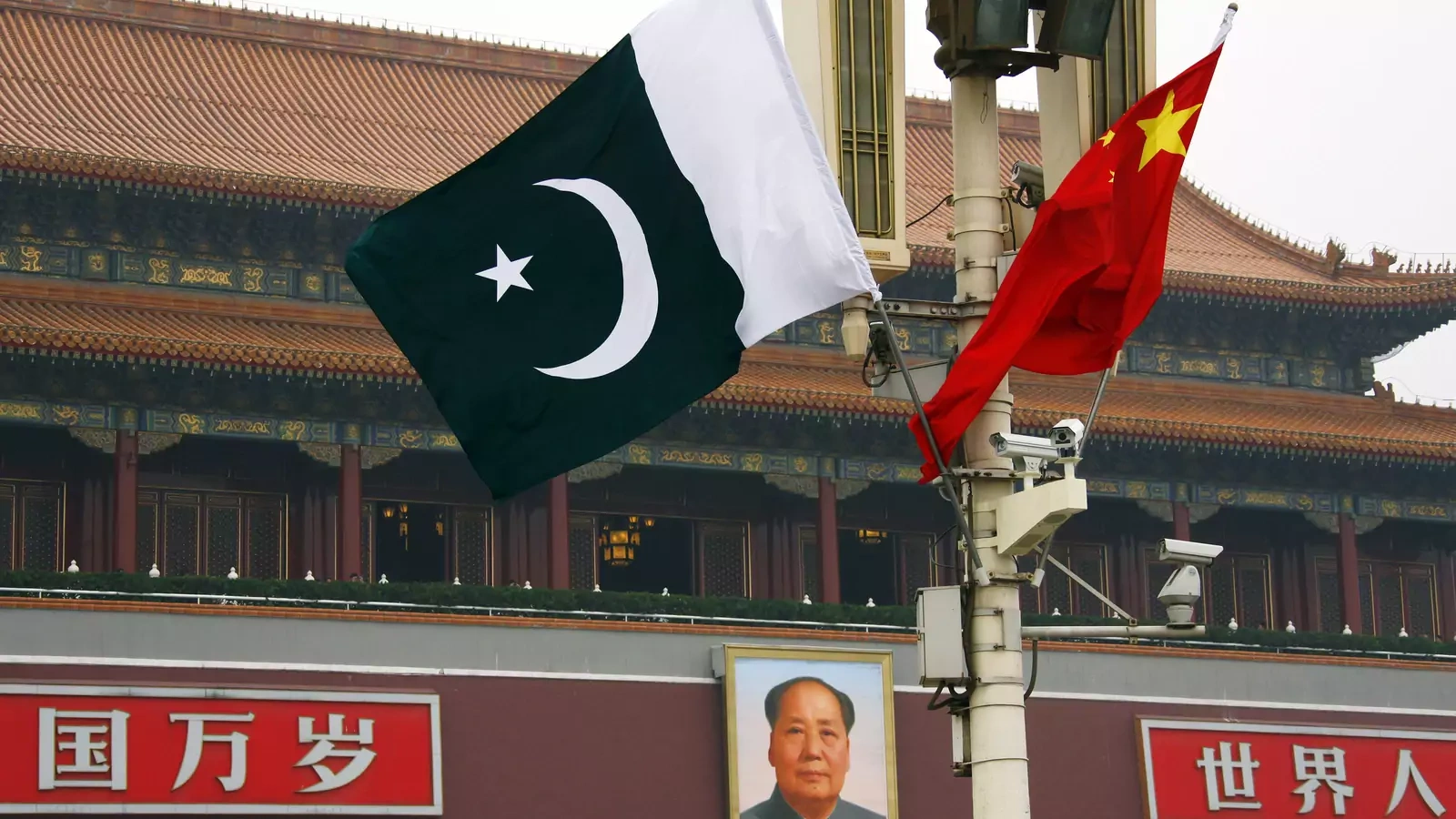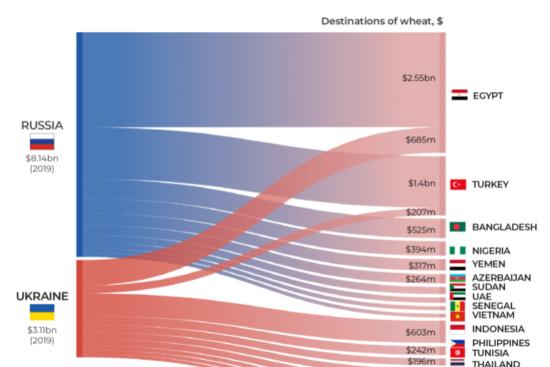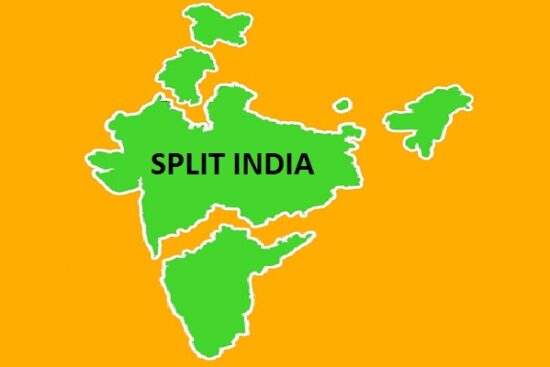
In recent times, the bilateral ties between Pakistan and China have extended beyond their immediate regions, reaching the shores of Africa, signifying a strategic partnership with the potential to reshape the economic landscape of the continent. This burgeoning relationship is characterized by collaborative ventures in sectors such as textiles, agro-forestry, education, trade, and cultural exchange.
As both nations expand their footprint in Africa, the synergies between their policies are becoming increasingly evident, presenting a unique opportunity for shared prosperity.
The recent visit of a Pakistani delegation led by Hussain Haider, Pakistan’s Consul General in Shanghai, to Shengze Oriental Textile City in Suzhou, China, underscores the commitment to nurturing deeper cooperation seeking not only to strengthen economic collaboration but also to foster deeper connections. The focus on textile exports, particularly cotton yarn, reflects the symbiotic relationship between the two nations, with a robust 73% of Pakistan’s textile exports to China comprised of this essential commodity.
Pakistan’s strategic approach was further highlighted as Haider extended an invitation for Shengze’s enterprises to explore Pakistan’s trade and investment environment. This move underlines the commitment to mutual benefits and economic growth, echoing the sentiments of shared prosperity that define the China-Pakistan relationship.
Simultaneously, the Science and Technology Exchange Conference on China-Pakistan Tropical Arid Non-wood Forest showcased the multifaceted cooperation between the two nations. With a focus on economic forestry, the conference aimed to facilitate academic exchanges and research collaboration, reinforcing the commitment to sustainable development and environmental cooperation.
The economic synergy between Pakistan and China is not limited to the textile sector. A delegation led by Nadeem Alam, CEO of Alam Group of Businesses, explored collaboration opportunities in Kashgar, China, emphasizing the geographical advantage of Kashgar as a platform for economic partnerships. The initiative to launch Pakistani products on Yiwugo, an online platform of Kashgar Yiwu International Procurement Center, represents a strategic move to tap into the immense potential of the Chinese market.
Cultural ties also took center stage as a China Xinjiang Production and Construction Corps (XPCC) delegation, led by Liu Jianming, discussed bolstering cultural connections with Caretaker Minister for National Heritage and Culture, Jamal Shah. This exchange not only highlighted the rich history of cultural cooperation but also emphasized the significance of agriculture, tourism, and culture as crucial domains for enhancing people-to-people contacts.
The tale extends beyond the immediate bilateral ties, encompassing Africa in the broader strategic vision of both nations. Ethiopia, a key player in this narrative, has been actively engaging with China under the Belt and Road Initiative (BRI), marking its accession to BRICS. Ethiopia’s pivotal role in BRI cooperation reflects its potential as a hub for regional connectivity, food security, and renewable energy exports.
The BRI, now entering its Phase 2, has the potential to further deepen ties between Ethiopia and China, enhancing connectivity, trade, and economic collaboration. As Ethiopia becomes a full member of BRICS, the ripple effects extend not only across Africa but also into the Middle East, aligning with the broader vision of the BRI.
In parallel, Pakistan, positioned as a strategic player within the BRI framework and expressing aspirations for BRICS membership, contributes a crucial element through its Look Africa Policy.
This policy underscores Pakistan’s acknowledgment of the vast promise and potential embedded within the African continent. In tandem with China’s expansive initiatives, Pakistan’s strategic outlook aligns seamlessly with the broader objectives of the BRI, creating a cohesive theme of global connectivity and collaboration. The collaborative efforts, particularly in agriculture, technology, and education underscore the commitment to nurturing sustainable partnerships. The BRI, with its open and inclusive approach, becomes a conduit for mutual cooperation, fostering socioeconomic development and progress in Ethiopia and beyond.
In conclusion, the evolving story of Pakistan-China ties and their shared vision for Africa paints a picture of strategic depth, economic cooperation, and cultural exchange. As both nations continue to navigate the convoluted geopolitical landscape, the threads of collaboration entwine for mutual growth and shared prosperity.


















Leave a Reply